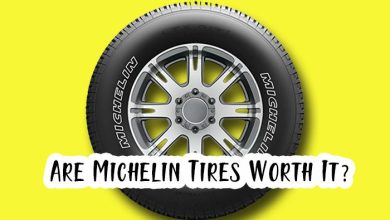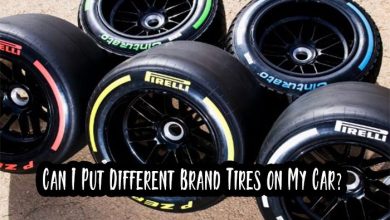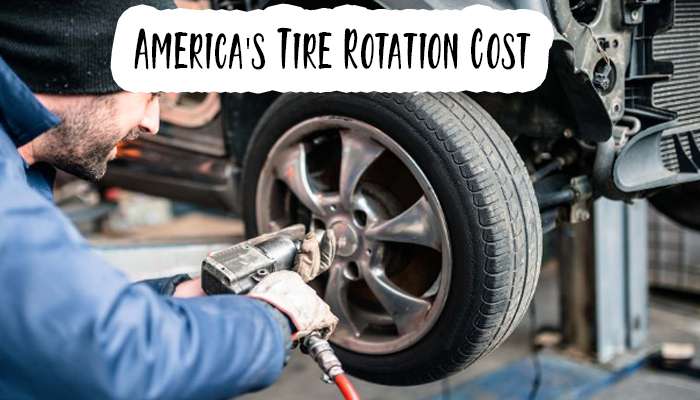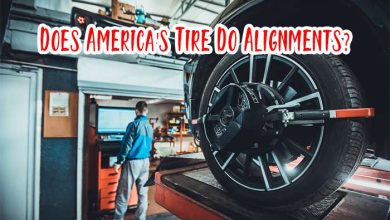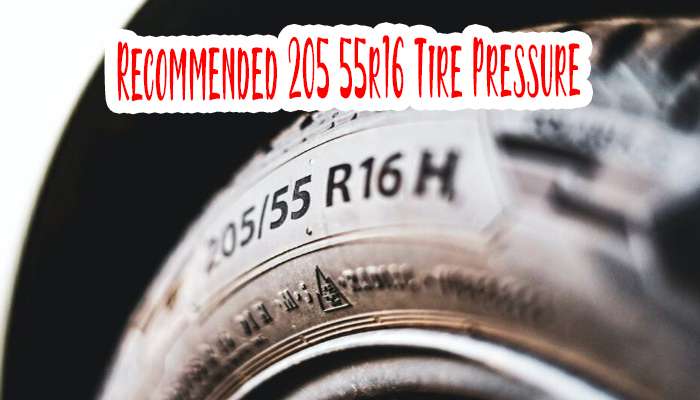Can a Plugged Tire Blowout? Expert Answers and Tips
Hey there, fellow tire enthusiasts! It’s time to dive deep into the world of tires and, specifically, the burning question: Can a plugged tire blowout? As someone who eats, sleeps, and breathes tires, I’m here to share my expertise and shed some light on this intriguing topic.
Yes, a plugged tire can blow out. It is important to note that tire plugs are a temporary repair and should only be used to get you to a tire shop for a more permanent repair
What is a Plugged Tire?
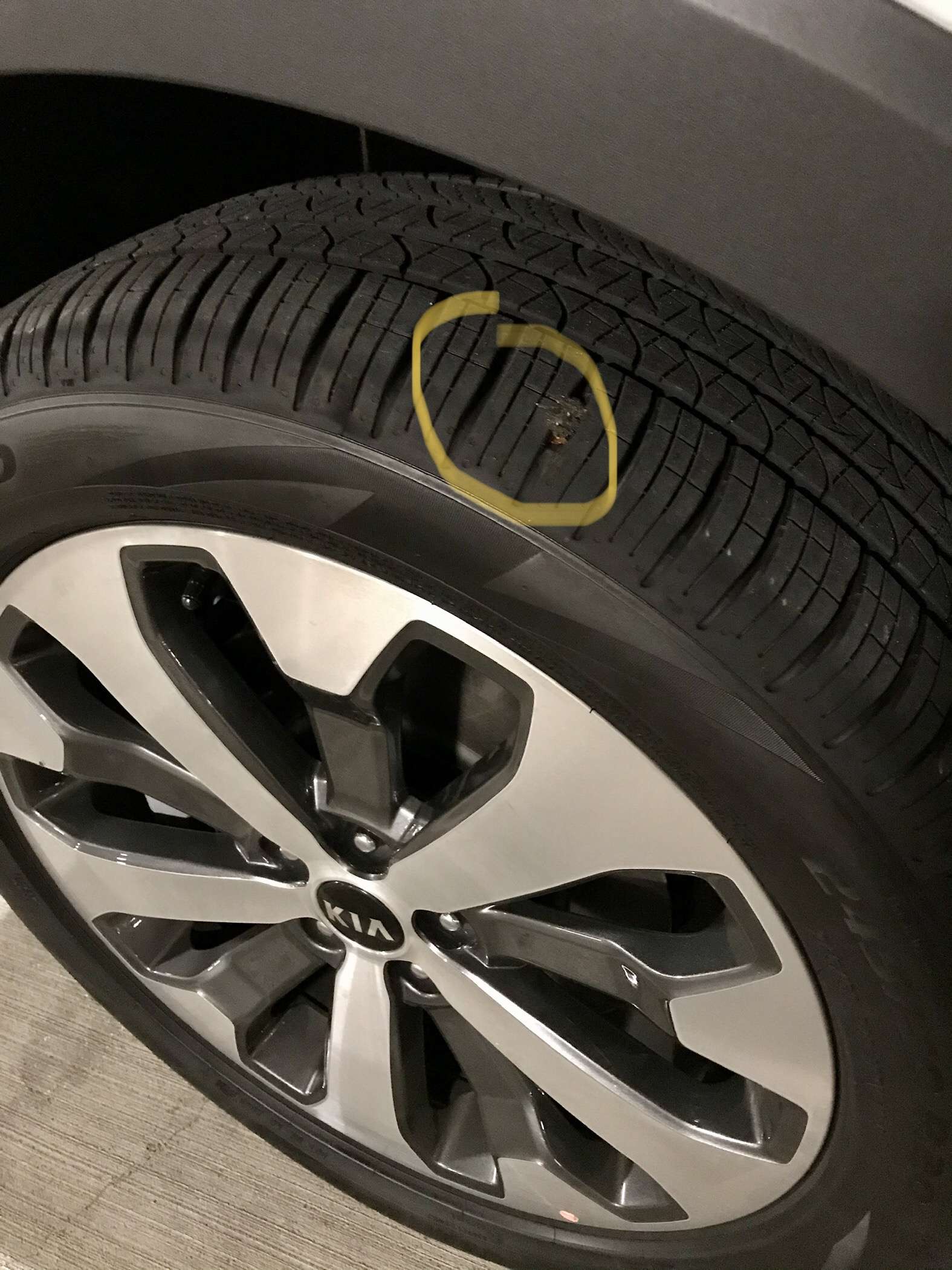
A plugged tire, also known as a patched tire, is a tire that has undergone a repair process due to a puncture. In this process, a professional inserts a plug or patch into the damaged area, sealing it and preventing air from escaping. It’s a cost-effective way to extend the life of your tire without having to replace it.
Read my recent post- Can I Leave A Nail In My Tire?
Can a Plugged Tire Blowout?
Can a Plugged Tire Blowout? Yes, a plugged tire can blow out. Plug repairs are temporary and should only be used to get you to a tire shop for a more permanent repair. There are a number of factors that can increase the risk of a blowout on a plugged tire, including:
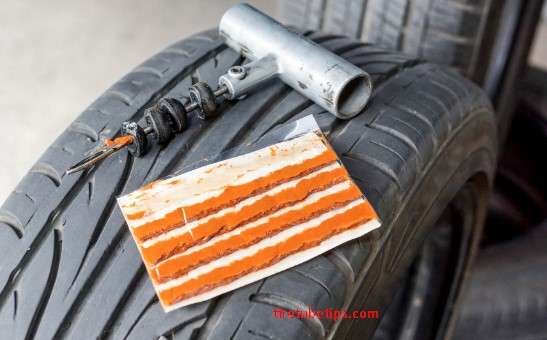
- The size of the hole: Smaller holes are generally easier to plug and are less likely to fail. However, a professional should repair any hole larger than 1/4 inch.
- The hole’s location: Holes in the tire’s sidewall are more dangerous than holes in the tread. Sidewall damage is more difficult to repair and is more likely to lead to a blowout.
- The quality of the plug: Some plug repairs are better than others. It is important to use a high-quality plug kit and to follow the instructions carefully.
- The driving conditions: Driving on rough roads or at high speeds can increase the risk of a blowout on a plugged tire.
Signs of a Potential Blowout
1. Unusual Noises
One of the early warning signs of a potential blowout is unusual noises. If you hear a thumping or flapping sound while driving, it could indicate that your plugged tire is in trouble.
2. Vibration
Excessive vibration in your vehicle, especially through the steering wheel, can signal an impending blowout. An imbalance in the damaged tire often causes this vibration.
The Causes of Blowouts
Now, let’s uncover what can cause a plugged tire to blowout. Understanding these causes will help you take preventive measures.
1. Over-Inflation
Over-inflating your tire can put excessive pressure on the plugged area, leading to a blowout. Always maintain the recommended tire pressure to prevent this issue.

2. High Speeds
Driving at high speeds can generate heat in the tire, making it vulnerable. A plugged tire may blowout if you consistently push it to its speed limits.
3. Prolonged Use
Tires have a lifespan, and a plugged tire is no exception. If you’ve been using a patched tire for an extended period, it’s more likely to blowout. Regularly check your tires and consider replacing them when necessary.
4. Poor Quality Repair
The quality of the initial repair is crucial. If the plug or patch used is of low quality, it may fail, leading to a blowout. Always choose a reputable service for tire repairs.
Frequently Asked Questions
Now, let’s address some common questions that tire owners often have regarding plugged tires.
Can a plugged tire blowout on the highway?
Yes, a plugged tire can blowout on the highway, especially if it’s subjected to high speeds, over-inflation, or has been patched for an extended period. To stay safe, drive at recommended speeds and regularly inspect your tires.
Is it safe to drive with a plugged tire?
Driving with a properly plugged and well-maintained tire is generally safe. However, always exercise caution and monitor the tire’s condition. If you notice any signs of damage or unusual noises, have it inspected immediately.
How long does a plugged tire last?
The lifespan of a plugged tire depends on various factors, including the quality of the repair, driving conditions, and maintenance. A well-repaired tire can last for thousands of miles, but monitoring its condition and replacing it when necessary is essential.
Can a plugged tire be repaired again?
In most cases, a plugged tire can be repaired if the damage is within repairable limits. However, multiple repairs may compromise the tire’s integrity, so consider replacing it if it’s been repaired multiple times.
What are the alternatives to plugging a tire?
If you’re concerned about plugging a tire, you have a few alternatives. You can opt for patching, similar to plugging but involves applying a patch to the inside of the tire for added strength. Another option is tire replacement, which is necessary if the damage is too extensive.
Conclusion
In the world of tires, knowledge is your best ally. So, can a plugged tire blowout? Yes, it can, but you can minimize the risks with proper care and maintenance. Regularly inspect your tires, drive at safe speeds, and ensure the initial repair is high quality.
Remember, your safety on the road is of utmost importance. If you ever doubt the condition of your plugged tire, consult a tire professional for a thorough inspection. Stay safe, and happy driving!
References
Glossary
- Plugged Tire: A tire that has undergone a repair process due to a puncture by inserting a plug or patch to seal the damaged area.
- Blowout: Sudden and explosive loss of air pressure in a tire, often leading to loss of vehicle control and accidents.
